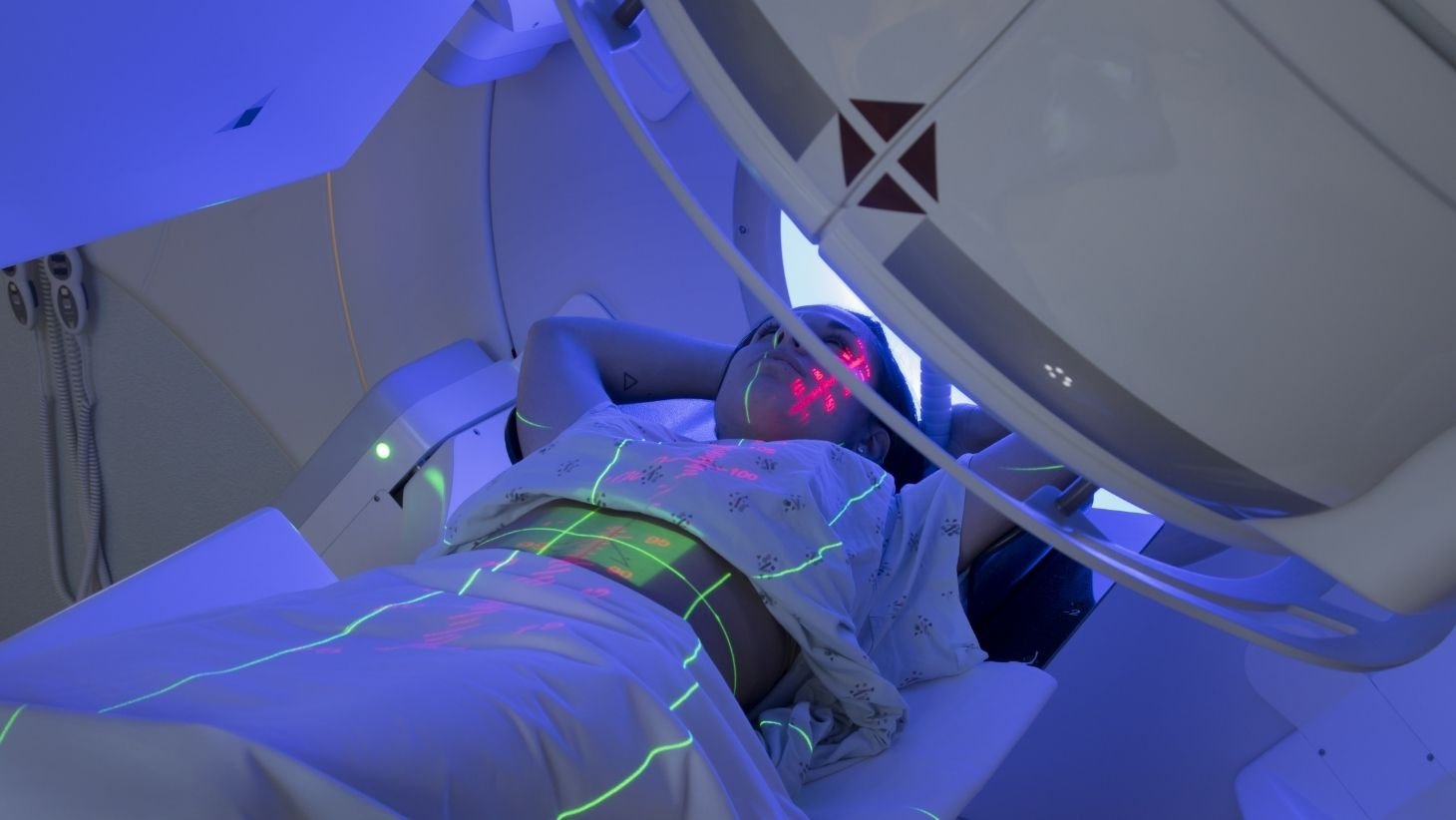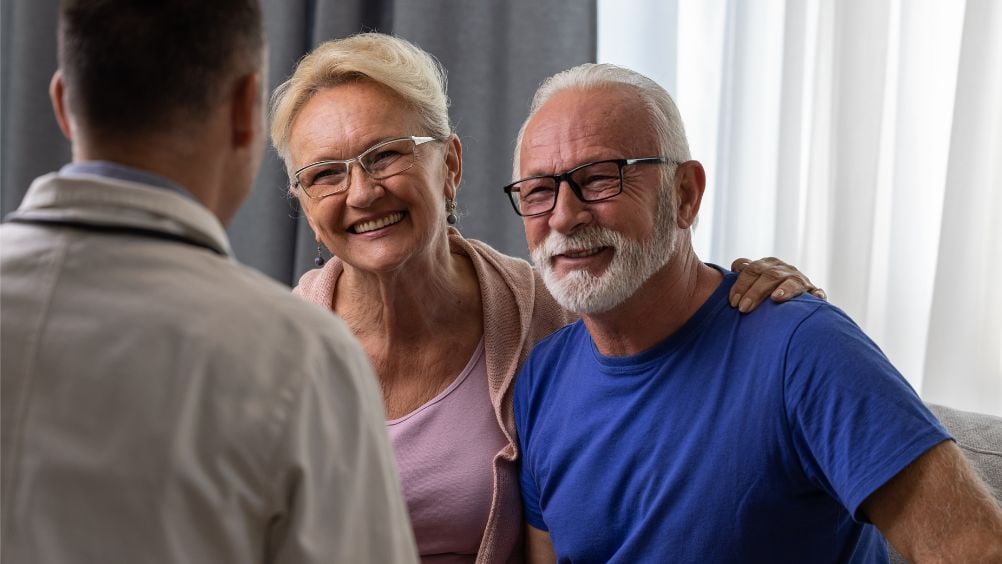Every cancer is different and every patient is unique, so a team approach is required for quality cancer care. The cancer care team at Willamette Valley Cancer Institute and Research Center (WVCI) provides patients with personalized cancer care and this sometimes calls for thinking outside of the box. This is especially true for our radiation therapy team who often uses a technique with patients undergoing radiation therapy called deep inspiration breath hold (DIBH).
Watch the video below to learn more about how WVCI uses the DIBH technique for cancer patients receiving radiation therapy.
What Is Deep Inspiration Breath Hold and How is it Used for Cancer Treatment?
“Deep inspiration breath hold is just taking a deep breath and asking people to hold it for their radiation treatment,” says radiation oncologist, Emily Dunn.
DIBH is frequently used for patients with left-side breast cancer because it pushes the heart and lungs away from the chest wall where the radiation is being delivered. “So, if we can push some of these normal structures out of the treatment field, it really reduces toxicity long term for patients.”
Problem-Solving as a Team to Find a Solution for Deaf Cancer Patients
The cancer center’s radiation oncology team recently faced a new challenge using the deep inspiration breath hold technique when they realized they couldn’t use their intercom system to communicate during treatment with a patient who is deaf.
Dr. Dunn says, “We couldn’t give audible instructions on when to take a deep breath and hold it, so we needed to figure out a way to provide deep inspiration breath hold but alter the way in which we provided those instructions.”
The team brainstormed ideas for an alternative communication system and came up with using a light inside the treatment room.
“When the green light appeared, the patient would take that deep breath in and hold it. When we turned the light off, it meant that it was OK to breathe,” says lead radiation therapist Morgan Stueber.
But it wasn’t quite that simple. Since only the patient can be in the treatment room while radiation therapy is being delivered, the team still had to figure out how to turn the light on and off outside of the room.
“Sometimes the most elegant solutions are the simplest solutions,” says Adil Akhtar, chief medical physicist. “In this case, we ran a cable wire through a QA port, and we had the power bar outside of the room, so now we had a way to turn the light on and off.”
With the help of a translator, the patient was fully briefed on the process and together they practiced making sure it would work, which it did. The patient received all her treatments as scheduled and told the team that it was an easy and understandable process.
“I’m really proud of how the team came up with this solution. It was safe, effective, and straightforward,” Dr. Dunn says.
With this light system, the cancer center now has a tool readily available to help other patients with any level of hearing impairment. Creating this unique system to help in the delivery of treatment was a first for the radiation oncology team, but certainly not the first time they have worked together to optimize care for patients.
“This was a perfect example of all of us coming together and providing exceptional care,” Stueber says. “Everyone was proud to be a part of that.”
Expert Radiation Oncologists Available throughout Willamette Valley
If you are receiving radiation therapy or are looking for cancer treatment in the Willamette Valley area, request an appointment at one of our locations in Eugene, Corvallis, Florence, or Lincoln City for a consultation.



